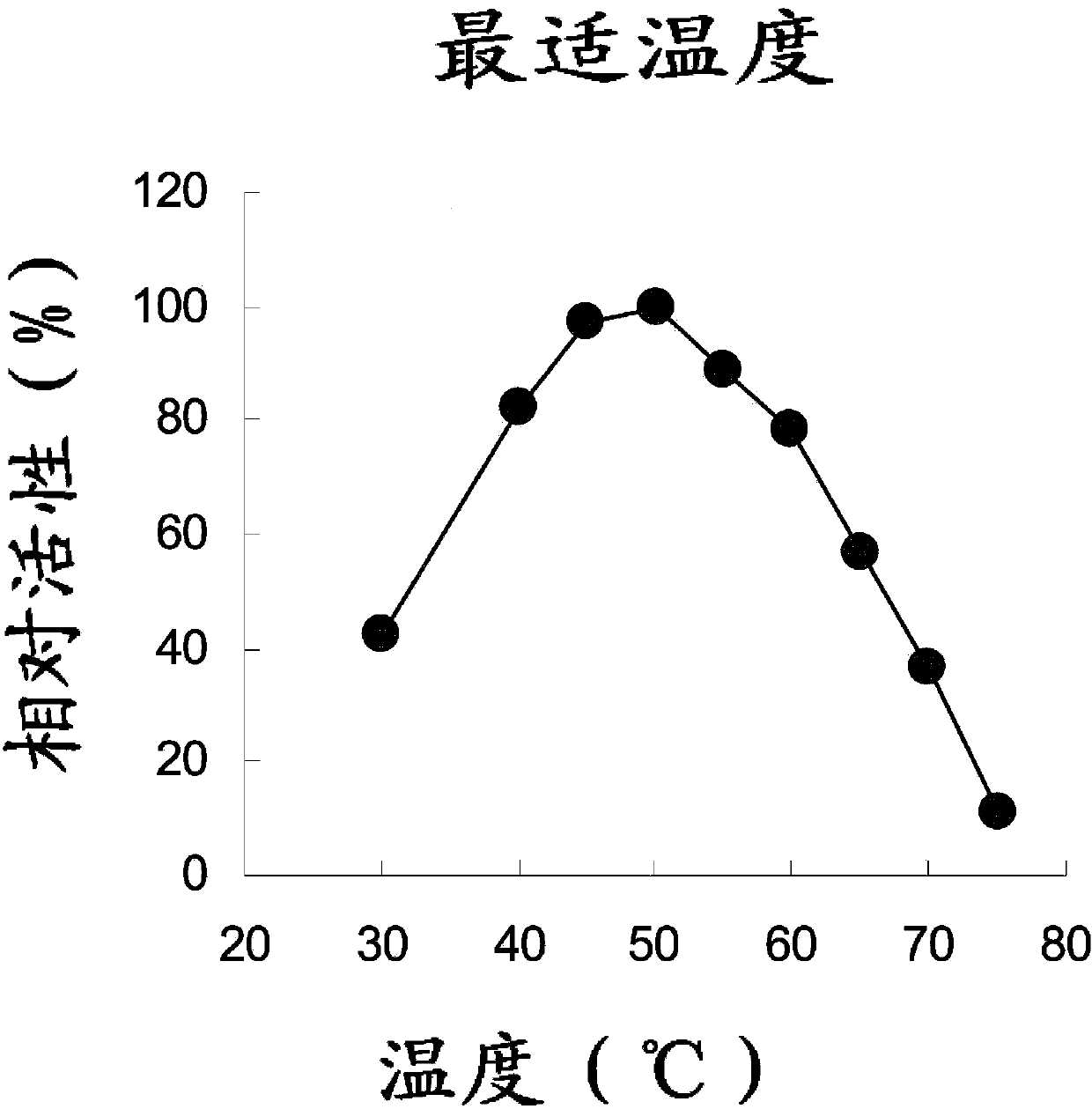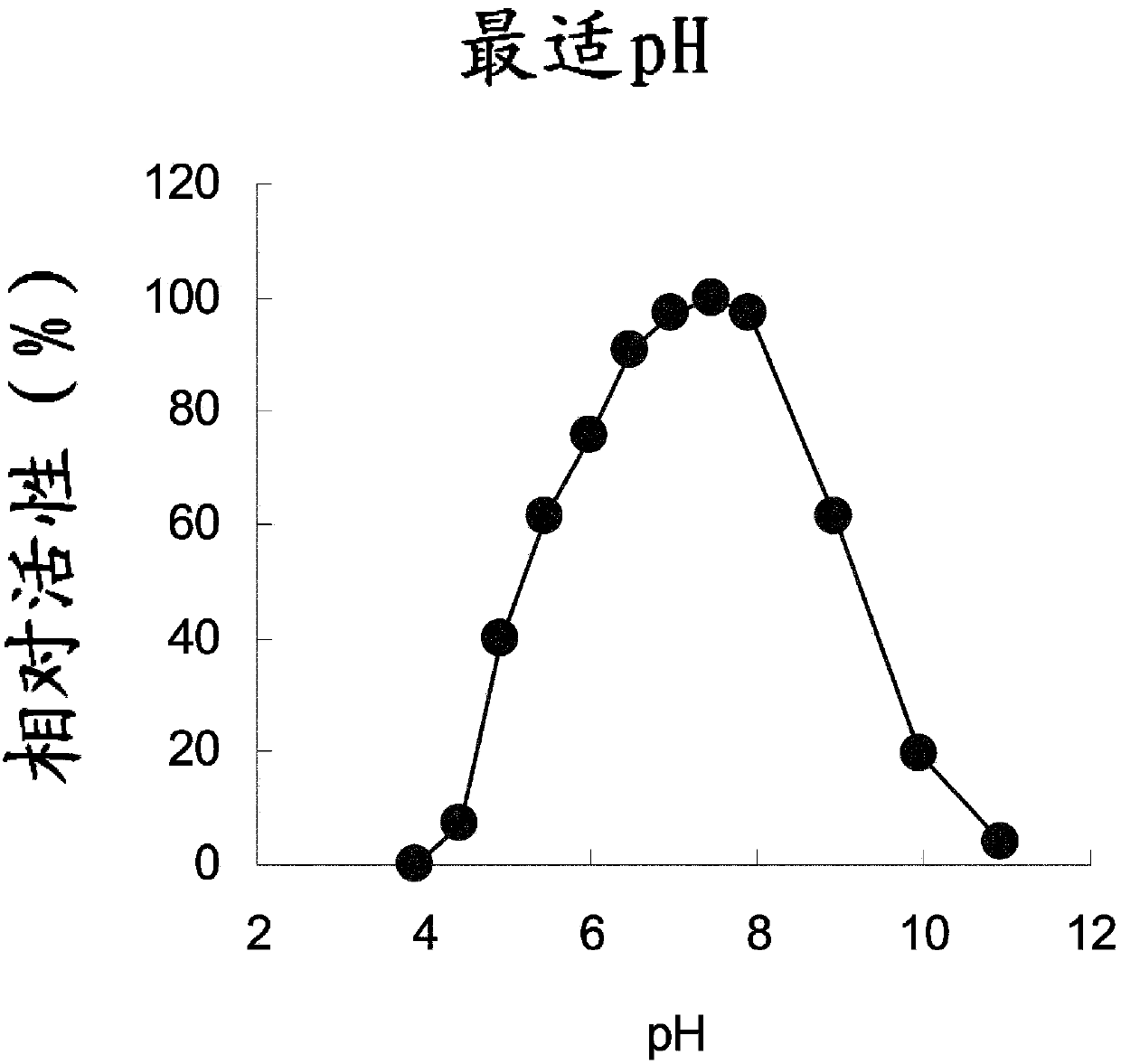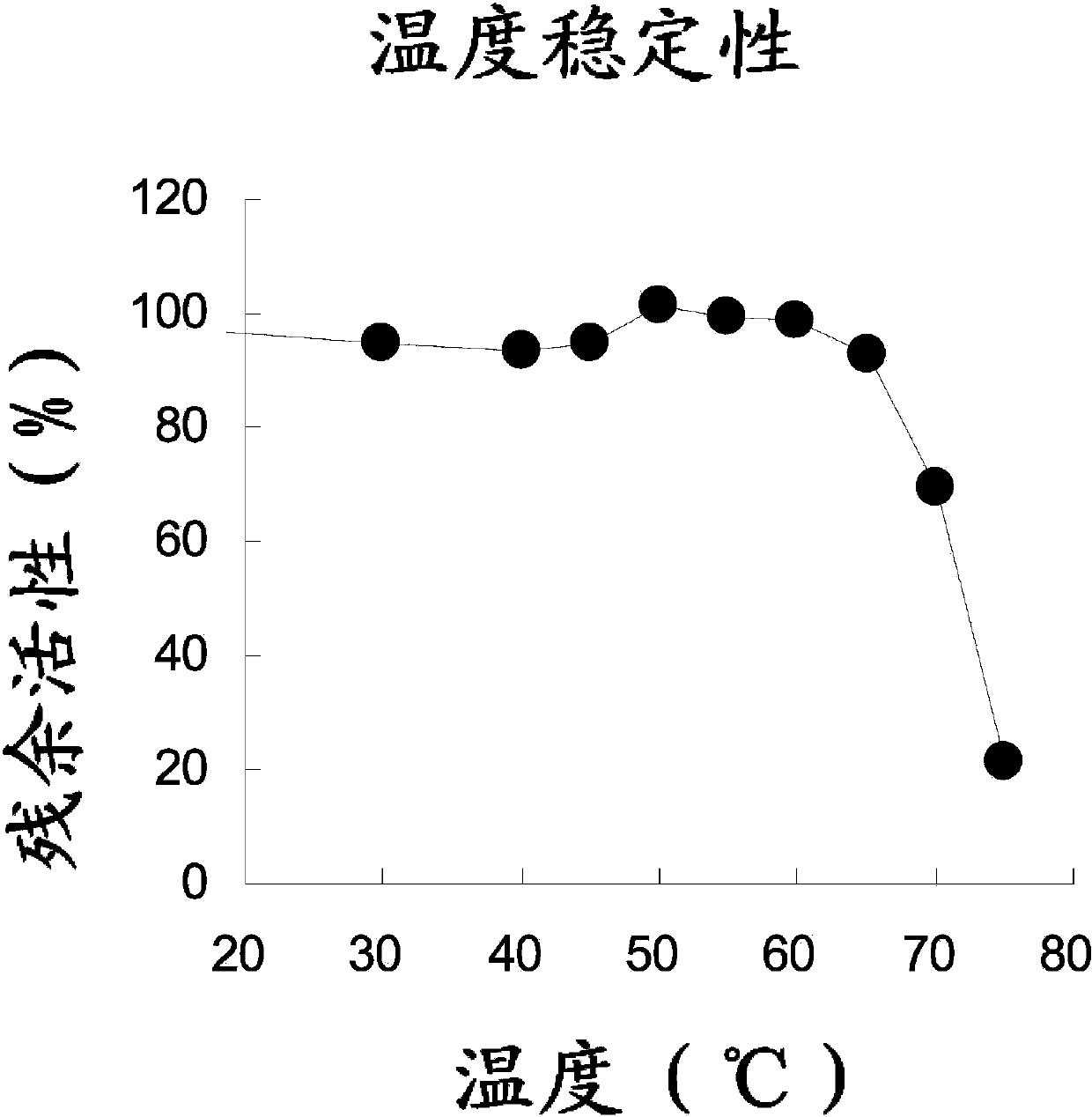Novel use of maltotriosyl transferase
A maltotriose and base transfer technology, applied in the direction of transferase, wort preparation, enzymes, etc., can solve the problems of losing starch properties, increasing reducing power, and application limitations
- Summary
- Abstract
- Description
- Claims
- Application Information
AI Technical Summary
Problems solved by technology
Method used
Image
Examples
Embodiment
[0124]
[0125] The activity of maltotriosyltransferase was determined as follows. That is, 0.5 mL of an enzyme solution was added to 2 mL of 10 mmol / L MES buffer (pH 6.5) containing 1% maltotetraose (manufactured by Hayashibara Biochemical Research Institute), and left to stand at 40° C. for 60 minutes. After standing, heat for 5 minutes in a boiling water bath, then cool under running water. The produced glucose was quantified by Glucose CII-Test Wako (manufactured by Wako Pure Chemical Industries, Ltd.). Under these conditions, the amount of enzyme that produces 1 μmol of glucose in 1 minute in 2.5 mL of the reaction solution was defined as 1 unit.
[0126]
[0127] The activity of maltotriosyltransferase was confirmed as follows together with the above . That is, 15 μL of 1.0 u / mL enzyme solution was added to 985 μL of 5 mmol / L acetate buffer (pH 6.0) containing 10.3 mmol / L maltotetraose (manufactured by Hayashibara Biochemical Research Institute), and left at 50°C f...
PUM
 Login to View More
Login to View More Abstract
Description
Claims
Application Information
 Login to View More
Login to View More - R&D
- Intellectual Property
- Life Sciences
- Materials
- Tech Scout
- Unparalleled Data Quality
- Higher Quality Content
- 60% Fewer Hallucinations
Browse by: Latest US Patents, China's latest patents, Technical Efficacy Thesaurus, Application Domain, Technology Topic, Popular Technical Reports.
© 2025 PatSnap. All rights reserved.Legal|Privacy policy|Modern Slavery Act Transparency Statement|Sitemap|About US| Contact US: help@patsnap.com



